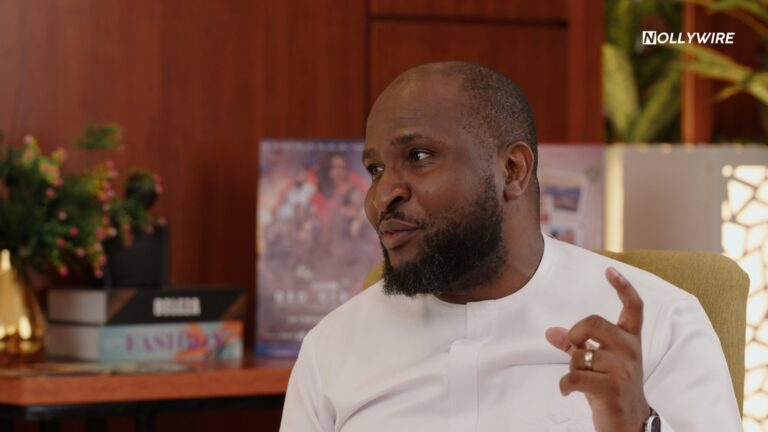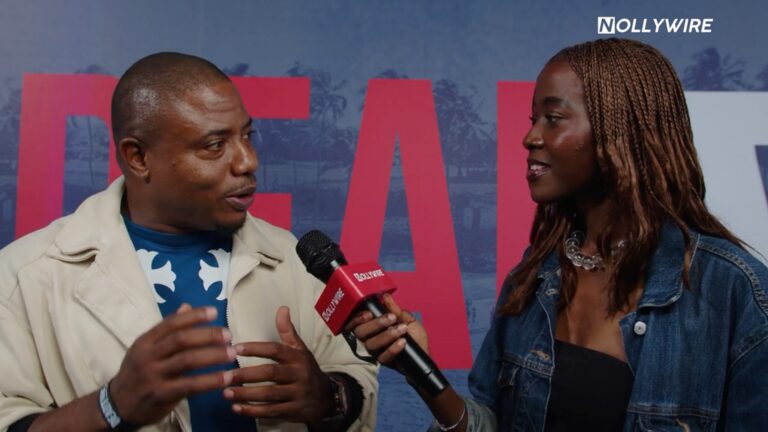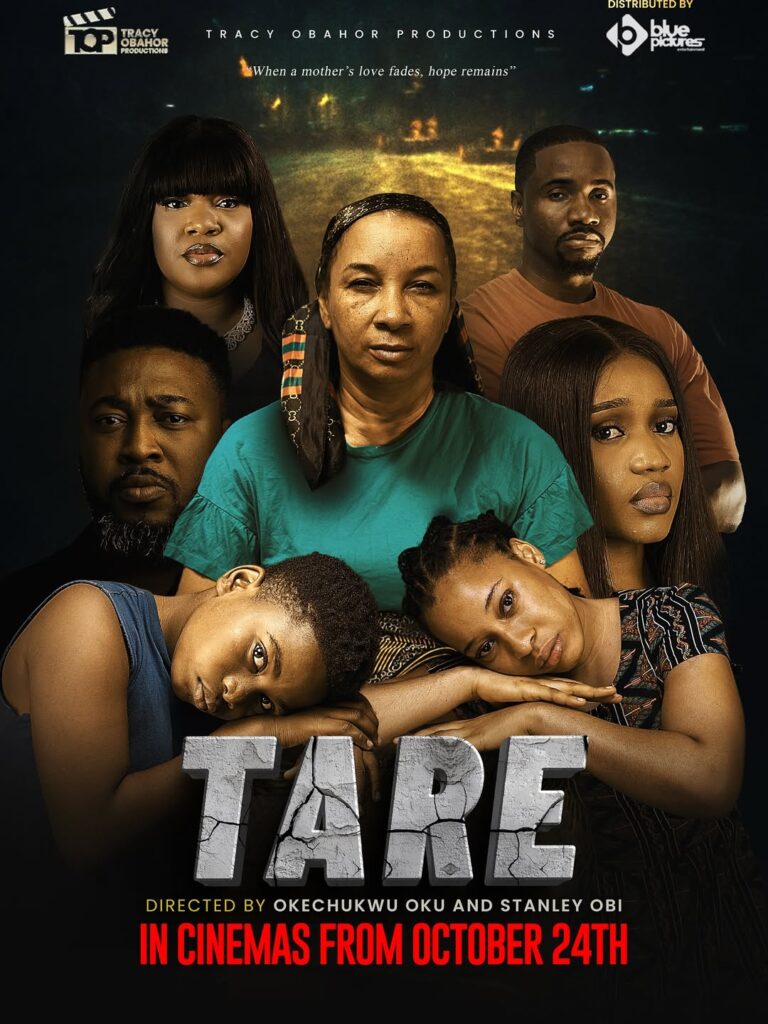Adventure films are a rarity in Nollywood, but ‘The Artifact’ by Tolu Awobiyi is changing that.
Directed by Tolu Awobiyi, popularly known as Lord Tanner, the film takes audiences on a journey across Nigeria, combining history, action, and mystery while showcasing the country’s diverse landscapes. At its recent premiere, cast members, including Gabriel Afolayan and Sharon Rotimi, shared their experiences on the project, the challenges of filming across multiple locations, and the film’s significance in expanding Nollywood’s storytelling scope.
‘The Artifact’ follows the story of the son (Adeoluwa Akintoba) of a deceased museum curator played by Bimbo Manuel and his three friends —Sharon Rotimi, Miriam Inyanda, and Ovy Godwin—as they embark on a journey across Nigeria in search of precious stones taken from a stolen artefact. Unbeknownst to them, they are entangled in an elaborate scheme involving an ex-senator (Olusola Fosudo), an African art recovery agency, and a deadly international art thief inhabited by Kunle Remi.
The film weaves history, suspense, and action into an adventure. The cast also features Wendy Lawal Simpson, Mikel John, Gabriel Afolayan, Okey Uzoeshi, Callistus Akunaeziri, Godspower Nwogwugwu, Timilehin Ojeola, and Lord Frank.
Gabriel Afolayan, who plays Abdullahi in the adventure film, emphasised how ‘The Artifact’ is changing the narrative of how Nigeria is portrayed on screen. “I love the fact that it’s selling our country in the right light,” he said. “It’s showing the opulence of the whole nation, beyond Lagos. I’m always a big fan of stories that tell of history and anthropology, and this film does exactly that.”
The adventure film captures Nigeria’s cultural and natural beauty, with the production team travelling across states like Plateau, Enugu, and Niger, filming at iconic locations like waterfalls and historic sites. For Sharon Rotimi, the film taught her, “There is beauty in the places you seek beauty.”
Bringing ‘The Artifact’ to life was no easy feat. The cast and crew embarked on a road trip that covered vast terrain, an effort that Wendy Lawal Simpson described as groundbreaking. “There are many places in Nigeria that have never been explored in film. We went to locations I’d never seen before, and the experience was surreal,” she shared.
The actors highlighted the physical demands of the shoot. From climbing up and down rocky terrains to filming in unpredictable weather, the project was an endurance test. “Getting to some of these places was not funny,” Callistus Akunaeziri expressed. “But in the end, we captured the essence of what we wanted, and that made it all worth it.”
For years, Lagos has been the default location for most Nollywood productions. However, ‘The Artifact’ proves that Nigeria is a treasure trove of untapped locations. When asked how to encourage more filmmakers to explore beyond Lagos, Gabriel Afolayan simply stated, “Just do it. People will appreciate your results more than your discussions.”
The film’s travel-heavy nature meant working with a large crew on the road, an undertaking that required meticulous planning and logistical coordination. “Imagine having over a hundred people travelling together across eight states. It’s easy to say it should be done, but doing it is another thing entirely,” said Wendy Lawal Simpson.
Despite the challenges, the cast bonded deeply over the course of filming. “Among the goons, there’s a saying—we are family,” Timilehin Ojeola shared. This camaraderie helped ease the difficulty of shooting in remote areas and created an environment of support and trust.
Director Lord Tanner was also instrumental in fostering this atmosphere. “He’s an actor’s director,” Miriam Iyanda, who took on the role of Zara, said. “He pushes you to go beyond your limits, and you realise that you had something in you all along.”
The success of ‘The Artifact’ is poised to inspire more Nollywood filmmakers to take on ambitious, location-based storytelling. The industry has often shied away from large-scale adventure films due to logistical and financial constraints. However, this film sets a precedent, proving that with the right vision and determination, Nigeria’s landscapes can serve as rich backdrops for compelling storytelling.



































